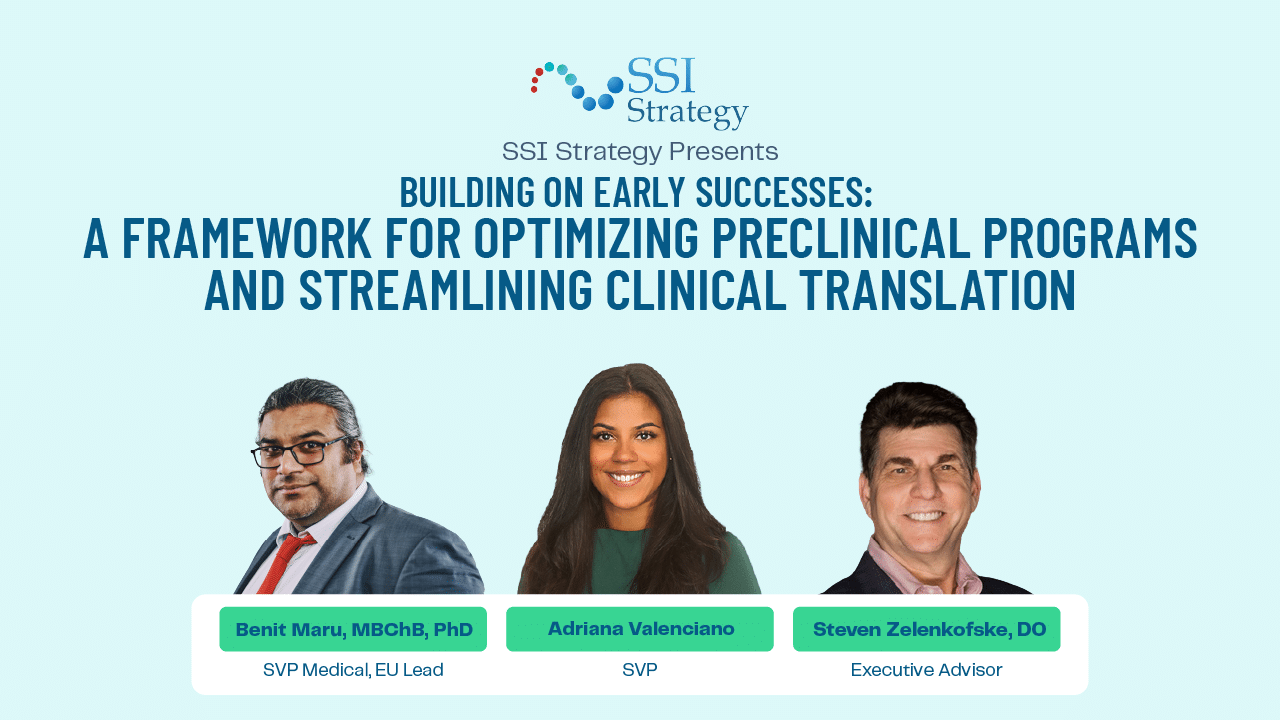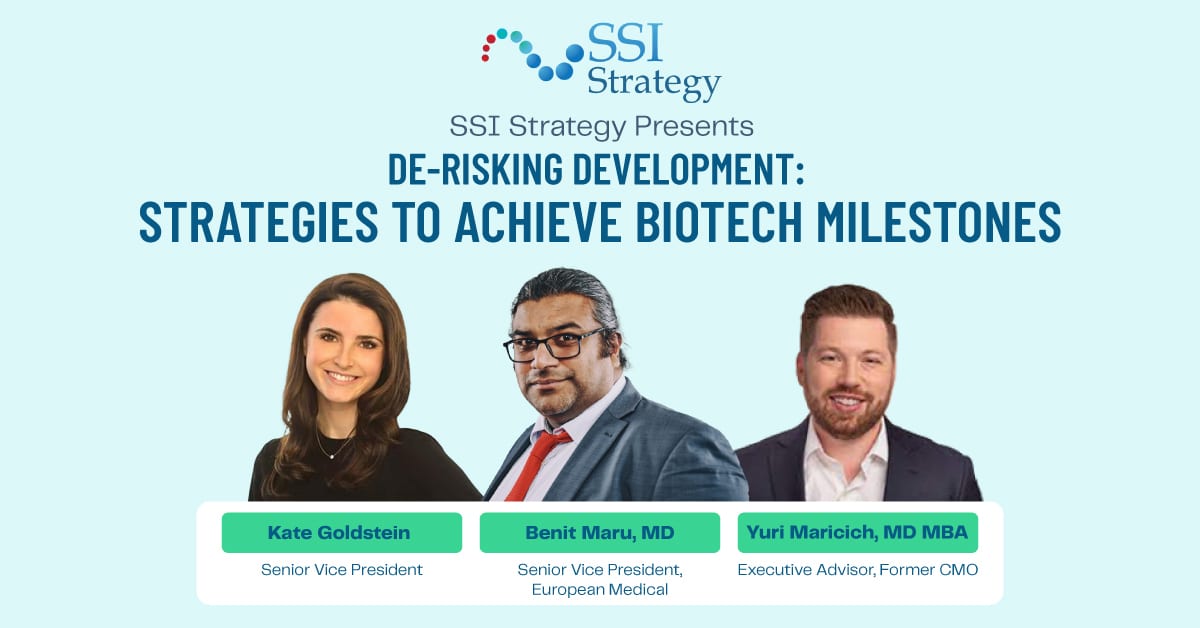Fresh off the heels of Episode 17, Kate, Kim and Ramin continue to unpack more value from Luminopia’s founding story and subsequent growth.
One of the most powerful components of a biotech is its value story. But getting clear on that isn’t always easy. In this new era of biotechs and clinical development, the value story and narrative isn’t just for investors: it’s for other stakeholders like physicians and patients, too. As stakeholders get involved earlier in the process to increase patient-centricity, they want to understand the value as well. In fact, it’s almost table stakes.
This begs the question, how do you approach this when bringing a novel modality to market? How does an unmet need influence the value story? How were Scott and his team able to get theirs so clear? What does patient centricity have to do with product market fit?
Uncovering The Obvious Is Not That Obvious
Kim kicked off the interview with a question for Kate first. How was Luminopia able to be so clear with its value story compared to other biotechs with traditional modalities?
Kate quickly weighed in: the story resonated with more than one audience. “I think one of the ways that we’re really going to get truly novel modalities to market for the first time is by telling the story that the entire stakeholder community, you know, the regulators, payers, the patients, the physicians can all buy into and all get behind when there’s something new.”
As an add-on to this, Kim shared that the value story does often get flushed out by Medical Affairs or even HEOR, but that doesn’t have to be the only way to craft it. She also distinguished that the value story and the founding story are not the same.
Incorporating The Voice of The Patient Sooner Than Later
As an add-on to that example, Ramin brought up another point that’s becoming more and more common. The story of the patients is now front and center. Traditionally in biotech, companies work backward. Product approval was the first goal. Then came connecting with thought leaders and the pathways for reimbursement. This was some 20-40 years ago. But now, the primary goal is what Scott and Luminopia demonstrate: start with the patient first.
Across the board, Kim, Ramin, and Kate all agreed that it’s paramount to think about what patients will experience and go through. Some biotechs even have a Chief Patient Officer.
This quote from Ramin drove this point home. “It makes a huge difference if you start thinking about that early on, even as early as your pre-preclinical studies, the animal studies. Maybe your entire focus is not on the patient yet, but at least you want to start thinking about ‘if things will work out, what would be the meaning and impact for the patients?’”
Putting themselves in the patient seat, a powerful exercise took place. Each was challenged to recall mid-interview the last “delightful” experience they personally had in healthcare. Their answers and the stats they shared about clinical trial costs and dropout rates will surprise you. Listen in for those details.
Other Ways To Learn What “Good” Looks Like
If the value story is so critical and yet equally as challenging to clarify–where else can biotech founders look to pick up ideas? Kim says there’s a lot to be learned from Europe.
Bringing this full circle, Luminopia also provides ideas as well. They were creative in their story due to the lack of innovation and being one of the first FDA-approved virtual reality modalities.
The word “creative” inspired Kate to share another paradigm shift she has witnessed firsthand. “We’re now in a position to start implementing really core patient impact initiatives early on in the development cycle, and that really shows how the industry has shifted over the last decade or so.”
Adding to why Luminiopia’s value story was so different stemmed from their diverse industry backgrounds. Ramin pointed out how their unique, non-traditional backgrounds, aka non-medical, actually thwarted them from the default habit of talking about “bringing another pharmaceutical to market” and instead served as a catalyst for them to be inherently patient-centric.
Kate pointed out that this theme of innovation and embracing new ways to achieve better outcomes has been a core theme of the podcast.
Those words serve as a rallying cry to help emerging biotech founders from all professional backgrounds–research, pharma, and tech–think about various aspects of biotech management that are outdated and ripe for change.
To close out the show, Kim posed this question to Ramin and Kate, but we’ll share it with you, too: “What would we do if we could really think about the patient first? And how would we innovate if we weren’t limited by the questions that were typically operating under, you know, the prior experiences that we’ve all had?”



